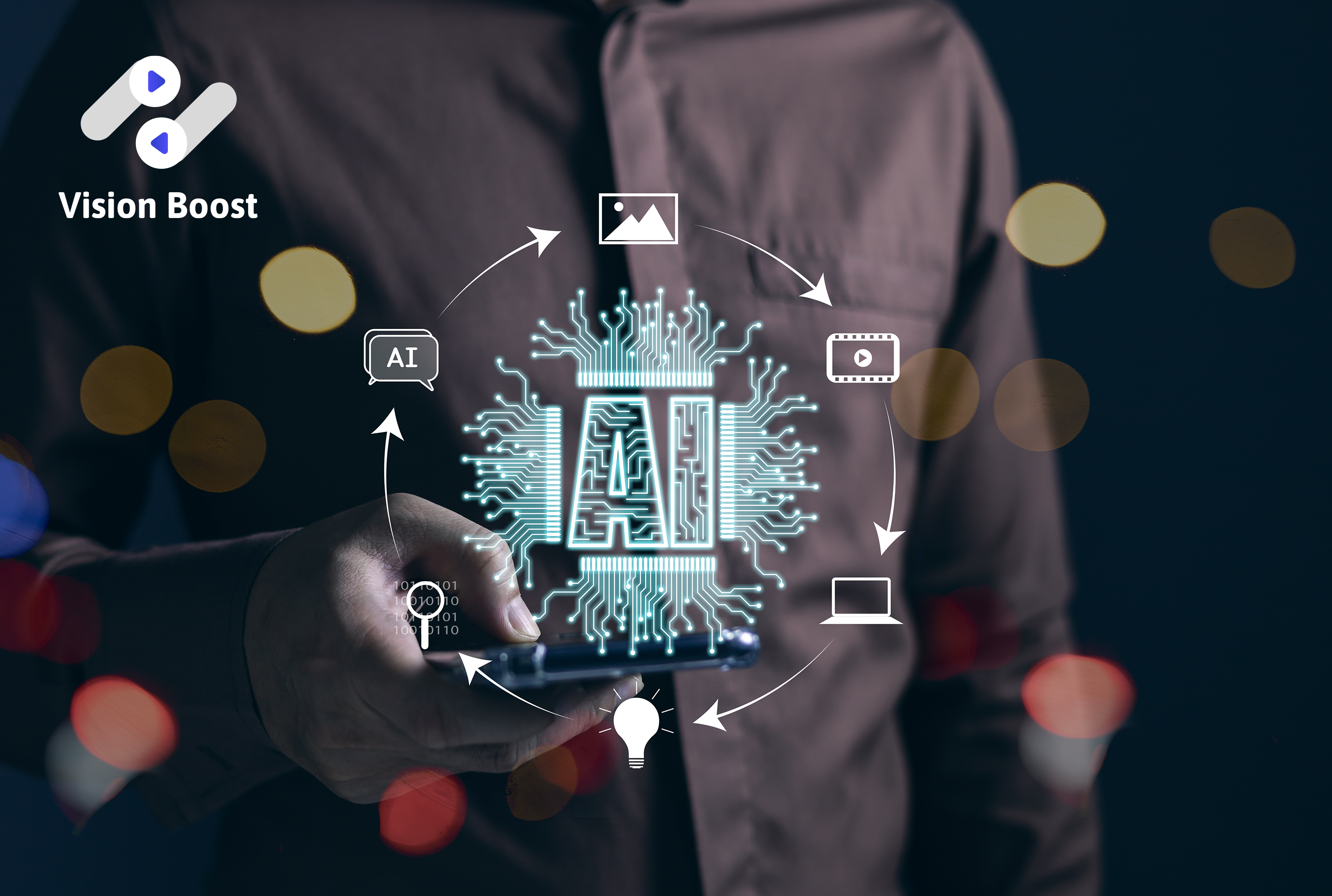Revolutionizing the Future of Video Streaming with AI: Exploring the Role of P2P Vision Boost
In a time when technological progress is transforming all facets of our existence, the potential of video streaming in the future is vast and promising.
With the integration of artificial intelligence (AI) into video streaming technology, we're witnessing a transformation that is poised to revolutionize how we consume and interact with digital content. In this blog post, we'll delve into the profound impact of AI on the future of video streaming and explore how innovative solutions like P2P Vision Boost are leading the way towards an enhanced viewing experience.

AI-Powered Video Streaming
Artificial intelligence has emerged as a game-changer in the realm of video streaming, unlocking new possibilities and pushing the boundaries of what's possible. By harnessing the power of AI algorithms, streaming platforms can now deliver personalized content recommendations, optimize video quality in real-time, and even anticipate user preferences before they occur. This level of sophistication not only enhances the viewing experience but also opens up avenues for content creators and businesses to better engage with their audiences.
Redefining Video Quality
At the forefront of this AI revolution in video streaming is P2P Vision Boost, a cutting-edge solution that is set to redefine the way we perceive and experience streaming content. Built on peer-to-peer (P2P) technology and powered by AI algorithms, P2P Vision Boost offers an unprecedented level of quality enhancement, enabling viewers to enjoy crystal-clear visuals like never before. Whether it's upscaling video resolution to 4K or minimizing buffering and latency, P2P Vision Boost ensures a seamless and uninterrupted streaming experience for users across the globe.

The Future of Video Streaming: Personalized, Immersive, and AI-Driven
As we look ahead to the future of video streaming, one thing is clear: AI will play a central role in shaping the way we consume and interact with digital content. AI upscaling transforms low-resolution media into higher resolution by processing images through a deep learning model that predicts high-resolution versions. To achieve high accuracy in these predictions, neural network models are trained on numerous images with varying resolutions. This technology addresses the issue of 4K displays distorting visuals by stretching lower-resolution images.
By utilizing AI for upscaling, streamed video gains unmatched clarity, as the AI model can enhance low-resolution videos with sharpness and detail far beyond the capabilities of traditional scalers, making edges sharper, hair scruffier, and landscapes more vivid.
Embracing the AI Revolution in Video Streaming
P2P Vision Boost represents a breakthrough in AI pixel processing, significantly enhancing the quality of streamed video content beyond simple edge detection and feature sharpening. This advanced technology addresses the persistent issue of blocky compression artifacts in streamed videos, which can arise from server errors, client errors, or the content itself. Traditional upscaling methods often exacerbate these issues, resulting in a less enjoyable visual experience for viewers.
Using a deep learning network, P2P Vision Boost performs upscaling and compression artifact reduction in a single pass. The network analyzes lower-resolution video frames and predicts the residual image at the target resolution. This predicted image is then superimposed on the traditionally upscaled image, correcting artifact errors and sharpening edges to match the output resolution. Trained on a wide range of content with various compression levels, the deep learning network learns about the types of compression artifacts present in low-resolution or low-quality videos. Extensive visual evaluation ensures that the generated model is effective across nearly all real-world and gaming content.
Let's embrace the future of video streaming together, powered by AI and driven by endless possibilities with Vidict.